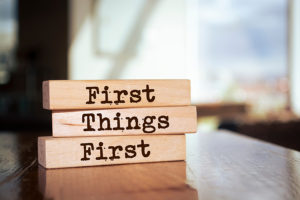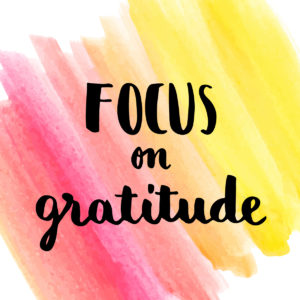Words matter. Duh, of course!!
Still, do you ever run into slang or language that feels a bit off? Maybe it makes you twitch when you hear the words because they hit a nerve? For example, I prefer to hear “you’re welcome” rather than “no problem.” Communication is based on connection, and everyday language can feel comforting or divisive.
Let’s consider dialects for a minute.
“Dialects are social or regional variations of a language that are distinguished by grammar, pronunciation, and/or vocabulary. Dialects often differ from the standardized version of the language….” And “A dialect is a form of a language spoken by a smaller group…” according to beelingapp.com and study.com, respectively.
Whew, you say. “So what???”
The design and construction industry is complex, and communication is at the heart of winning work and delivering work well. You know—proposals, interviews, technical reports, emails, conference presentations.
Many AEC firms have wisely invested in branding standards that include the do’s and don’ts for logos, color palettes, fonts, and email signature lines. The best standards also include writing and speaking guidelines, aka brand voice and brand tone.
The best standards are research-based and respond to competitor strengths and weaknesses, client markets and preferences, and clear writing principles to successfully convey complex information. In short, we have to understand our audience dialects so we know how to communicate better. It’s not all about us.
This means our technical language needs to be understood—simplified—so any reader can comprehend what we’re talking about. When we use complicated language in a project approach, for example, it’s like we’re using a dialect that the reader can’t understand. And when we speak to impress instead of inform then the audience is likely to miss the point all together.
The big “so what” is we should communicate to create bridges not barriers. Think about the dialects your audiences speak—what are the words they use? We should use those words both in writing and in speaking.
Good brand standards include brand voice and tone guidelines to reflect your brand’s personality. It is not one word, but several, so the tone will appeal to all types of audiences across market sectors and audience types. Think about your recruiting candidates. What is your brand voice for them?
Choose your brand tone wisely, and your messages will appeal to all types of audiences. Well-designed brand tones are like dialects that bring communities together and make them feel at home.

Leadership sometimes seems like the pinnacle of success. Experienced climbers know the trail isn’t always straight and sometimes there are false summits that slow down the trip. Instead of focused on the end, using a “Learn | Do | Master | Teach” approach sets professionals up for all types of experiences that build their leadership skills and insights.





